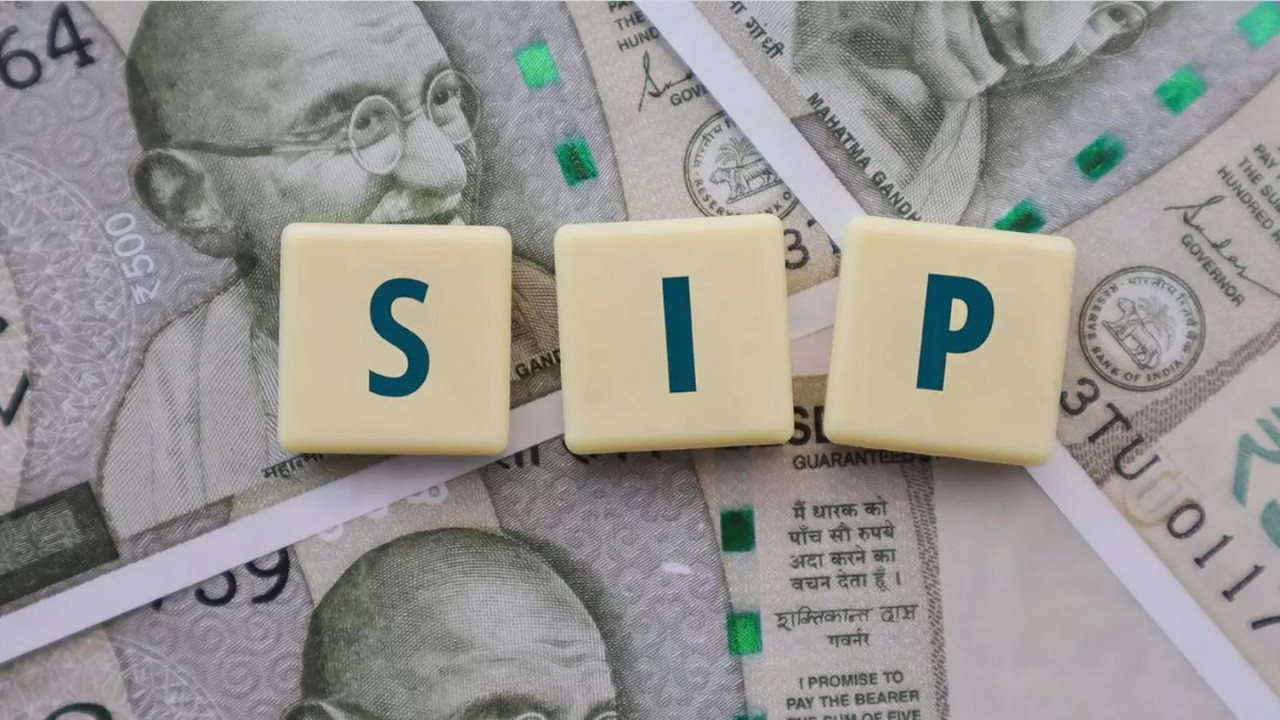President Trump announced a significant 100% tariff on imported computer chips and semiconductors, potentially raising prices for various tech products. This policy shift aims to incentivize domestic chip manufacturing, benefiting companies like Apple, Nvidia, and Intel, which have invested heavily in US production. Following the announcement, Apple shares surged, reflecting positive investor sentiment towards the move.
Will Trump’s Chip Tariff Plan Spark a Semiconductor Showdown?
The political winds are shifting, and with them, the potential for dramatic shifts in global trade. Donald Trump’s recent pronouncements regarding tariffs on semiconductors have sent ripples throughout the tech and business worlds, leaving many wondering what the future holds for this critical industry. His proposal? A hefty 100% tariff on imported chips, coupled with the assertion that companies building semiconductor fabs on U.S. soil will face “no charge.” But is it really that simple?
The semiconductor industry, the backbone of modern technology, is a complex web of global dependencies. Chips, those tiny marvels that power everything from smartphones to supercomputers, are designed in one country, manufactured in another, and assembled in yet another. Disrupting this intricate ecosystem with a tariff of this magnitude could have far-reaching consequences.
The “No Charge” Promise: Too Good to Be True?
Trump’s claim of a “no charge” incentive for companies manufacturing in the U.S. is undoubtedly appealing. The allure of bringing semiconductor manufacturing back to American soil is strong, promising jobs, bolstering national security, and reducing reliance on foreign suppliers.

However, the reality is more nuanced. Building and operating a semiconductor fabrication plant, or fab, is an incredibly expensive undertaking. Billions of dollars are required for construction, cutting-edge equipment, and skilled labor. While the U.S. government has introduced incentives like the CHIPS Act to encourage domestic manufacturing, these initiatives are designed to supplement, not entirely replace, private investment. So, while there might not be a direct “charge” or tariff for building in the U.S., companies will still need to factor in the significant costs associated with establishing and running a fab.
Furthermore, the timeline for building a fab is lengthy, often taking several years from groundbreaking to full production. In the meantime, demand for semiconductors continues to soar, fueled by the growth of artificial intelligence, electric vehicles, and the Internet of Things. Can the U.S. ramp up its domestic manufacturing capacity quickly enough to meet this demand, especially with the potential disruption caused by a 100% tariff?
The Ripple Effect of a 100% Semiconductor Tariff
The imposition of such a high tariff would almost certainly trigger retaliatory measures from other countries, potentially escalating into a full-blown trade war. Countries like South Korea, Taiwan, and China, which are major players in the semiconductor industry, could respond with their own tariffs on U.S. goods, impacting various sectors of the American economy.
Beyond the geopolitical implications, a 100% tariff would significantly increase the cost of semiconductors for U.S. businesses and consumers. This could lead to higher prices for electronics, computers, and other products that rely on chips, potentially stifling innovation and slowing economic growth.
U.S. companies that rely on imported semiconductors, like automakers and smartphone manufacturers, would face a difficult choice: absorb the higher costs, pass them on to consumers, or relocate their operations to countries with lower tariffs. None of these options are particularly attractive.
A Delicate Balancing Act
The debate surrounding semiconductor manufacturing is complex, involving national security concerns, economic competitiveness, and global trade dynamics. While bolstering domestic manufacturing is a worthwhile goal, achieving it requires a strategic and carefully considered approach. A blunt instrument like a 100% tariff could have unintended and damaging consequences.
Perhaps a more effective strategy would involve a combination of targeted incentives, strategic partnerships, and a commitment to fostering a skilled workforce. Investing in research and development, streamlining regulatory processes, and promoting collaboration between government, industry, and academia could create a more sustainable and competitive U.S. semiconductor ecosystem.
You may also want to read more about [the global chip shortage](internal-link).
Ultimately, the success of any policy aimed at reshaping the semiconductor industry hinges on a realistic assessment of the challenges and a commitment to finding solutions that benefit all stakeholders. Is a tariff the right answer, or is it a gamble that could backfire? Only time will tell, but the stakes are undoubtedly high.







